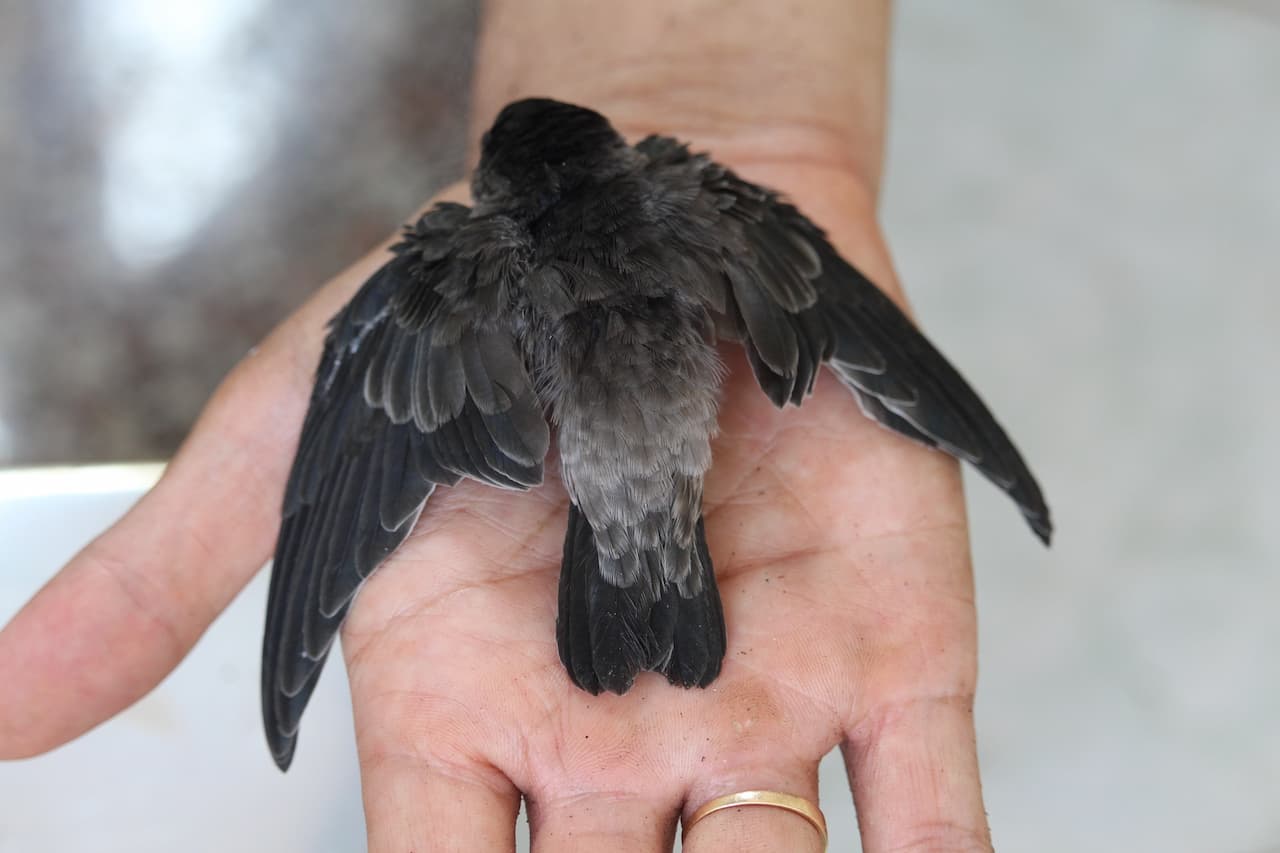Algerian Nuthatches (Sitta ledanti)
The Algerian Nuthatches, Sitta ledanti, is the only bird species endemic to the African country of Algeria, where it is also the only naturally occurring nuthatch. It was first discovered as recently as 1973.
Distribution / Range
The Algerian Nuthatch has a very small range and can be found only in four areas of Algeria.
Its numbers are declining due to habitat destruction and its very specific ecological requirements. Fewer than 1000 birds (some sources say 2000) are thought to live in these four locations. 350 birds live within the Taza National Park on the Guerrouch massif, 80 pairs inhabit Mt. Babor (where optimum habitat covers only 2.5 km) and two additional, smaller populations dwell near the Taza National Park, at Tamentout and Djimla. These have not been counted, but are thought to be no larger than the Taza population. The main threats are fire, grazing and tree-felling, which destroy the habitat.
The Algerian Nuthatch is resident (non-migratory) in four areas of mountain forest in northeast Algeria. Its range is limited by the availability of woodland, and it occurs only above 1000m, with the population density increasing with altitude.
The Algerian Nuthatch is known to inhabit the tall, old-growth oak forests of Algeria.
Diet / Feeding
Like other subspecies of Nuthatch, the Algerian joins mixed flocks for foraging.
It will feed on insects and spiders in the summer, finding them in the branches of oak trees. In colder weather, it will consume nuts and seeds, found in ample supply on Mt. Babor’s four seed-producing trees. .
Description
The Algerian Nuthatch is 5.5 inches or 13.5cm long, slightly smaller than the Eurasian Nuthatchand some other Nuthatches, and has the typical large nuthatch head, short tail and powerful bill and feet.
Its upperparts are a bluish-grey, while the underparts are buff-colored and the throat white.
The male has a black crown and eyestripe separated by a white supercilium (line above each eye).
The female is similar but she has a grey crown and eyestripe.
Juveniles are duller versions of the adults.
Behavior: It has the ability, like other nuthatches, to climb down trees, unlike species such as woodpeckers which can only go upwards, but does not flycatch.
Nesting / Breeding
The Algerian Nuthatch’s breeding season is during May and June for those birds which inhabit Mt. Babor; those which live in the Taza National Park breed slightly later—up to late June. Weather conditions and availability of food determine the duration of the breeding seasons.
The birds build their nest holes from 3 to 15 meters up in dead fir, cedar and oak trees. They will either carve the holes out themselves or use old woodpecker nests
Calls / Vocalization
The Algerian Nuthatch produces several different calls: tseet tseet, a Kna call, and a melodious
quair-di, quair-di, quair-di, quair-di, quair-di song.



